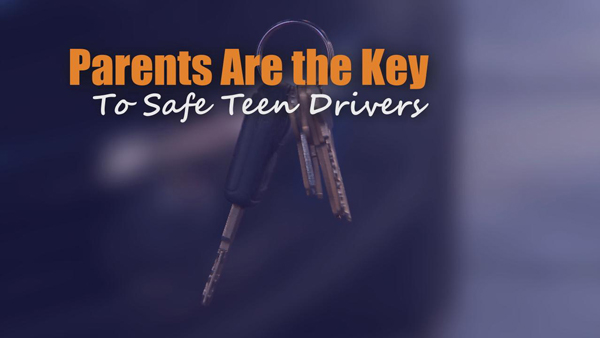Digital Press Kit
New CDC Vital Signs: CDC study shows 54 percent decrease in teen drinking and driving since 1991
Nearly one million high school teens still drink and drive each year
The percentage of teens in high school (aged 16 or older) who drove when they had been drinking alcohol decreased by 54 percent between 1991 and 2011, according to a recent Vital Signs study. Nine out of 10 high school teens were not drinking and driving during 2011, the study reported.
- Teens were responsible for approximately 2.4 million episodes of drinking and driving a month in 2011; some engaged in the dangerous behavior more than once a month.
- High school boys ages 18 and older were most likely to drink and drive (18 percent), while 16-year-old high school girls were least likely (6 percent).
- Eighty-five percent of teens in high school who reported drinking and driving in the past month also reported binge drinking. For YRBS, binge drinking means five or more drinks during a short period of time.
Many efforts have been helping to reduce teen drinking and driving. Some proven, effective strategies include minimum legal drinking age (MLDA) laws, zero tolerance laws, and graduated driver licensing (GDL) systems. Parents also have a crucial role to play in keeping their teens safe on the road. They can model safe driving behavior and set and enforce the “rules of the road” by completing a parent-teen driving agreement with their teens. Safe driving habits for teens include never drinking and driving, following state GDL laws, and wearing a seat belt on every trip.
“We are moving in the right direction. Rates of teen drinking and driving have been cut in half in 20 years,” said CDC Director Thomas R. Frieden, M.D., M.P.H. “But we must keep up the momentum -- one in 10 high school teens, aged 16 and older, drinks and drives each month, endangering themselves and others.”
- Morbidity and Mortality Weekly Report (2012) : “Vital Signs: Drinking and Driving Among High School Students Aged ≥16 Years — United States, 1991–2011 | PDF [3.46MB]
- Press Release: CDC study shows 54 percent decrease in teen drinking and driving since 1991
- Media Advisory: CDC Telebriefing on Vital Signs Report on Drinking and Driving Among High School Students
- Vital Signs: Home | October 2012 Vital Signs Teen Driving | PDF [2.07MB] | Issues
CDC Resources
Additional Resources
CDC works 24/7 saving lives and protecting people from health threats to have a more secure nation. Whether these threats are chronic or acute, manmade or natural, human error or deliberate attack, global or domestic, CDC is the U.S. health protection agency.
CDC Media Relations
(404) 639-3286
media@cdc.gov
Spokesperson
Thomas R. Frieden, MD, MPH



Podcast
- Teen Drinking and Driving – What You Need to Know [PODCAST - 1:15 minutes]
- Teen Drinking and Driving – What You Need to Know [PSA - 0:60 seconds]
- A Cup of Health with CDC: Teen Driver Safety
- A Minute of Health with CDC: Teen Driver Safety
- Parents Are the Key: Podcasts
- Parents Are the Key—Help Protect Your Teen Driver
- Are you hankering for a cup of health?
- Only have a minute?
Video
Parents Are the Key to Safe Teen Drivers

Author: Centers for Disease Control and Prevention
Date: 10/18/2010
Parents Are the Key to Safe Teen Drivers
View Press Releases in
Get email updates
To receive email updates about this site, enter your email address:
Contact Us:
- Centers for Disease Control and Prevention
1600 Clifton Rd
Atlanta, GA 30333 - 800-CDC-INFO
(800-232-4636)
TTY: (888) 232-6348 - Contact CDC-INFO






